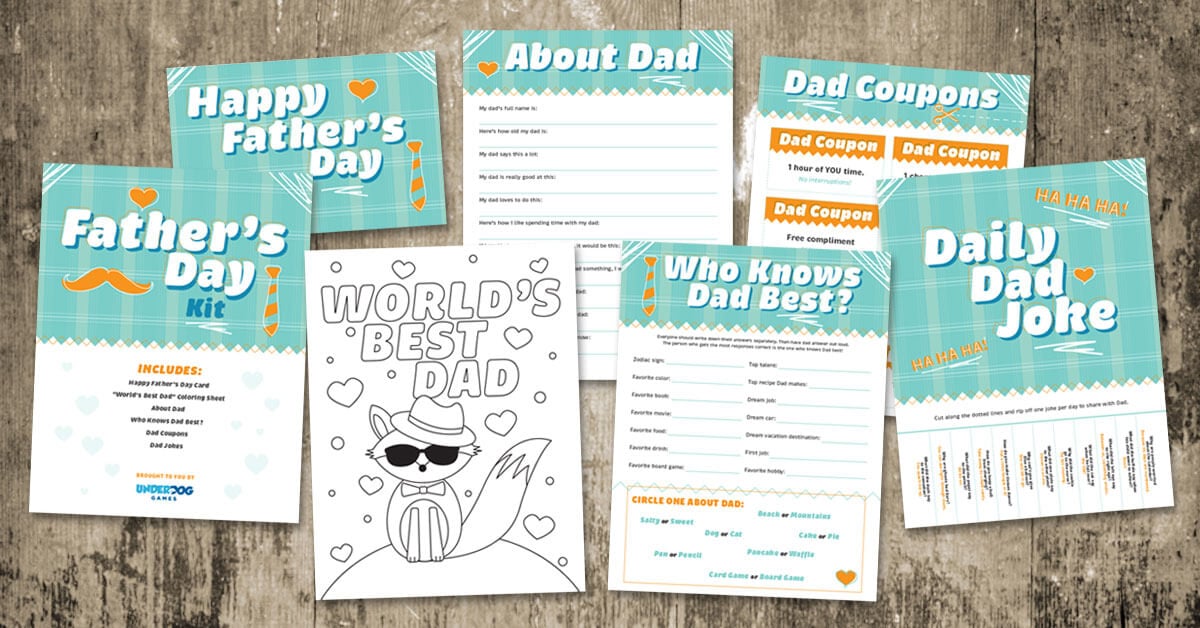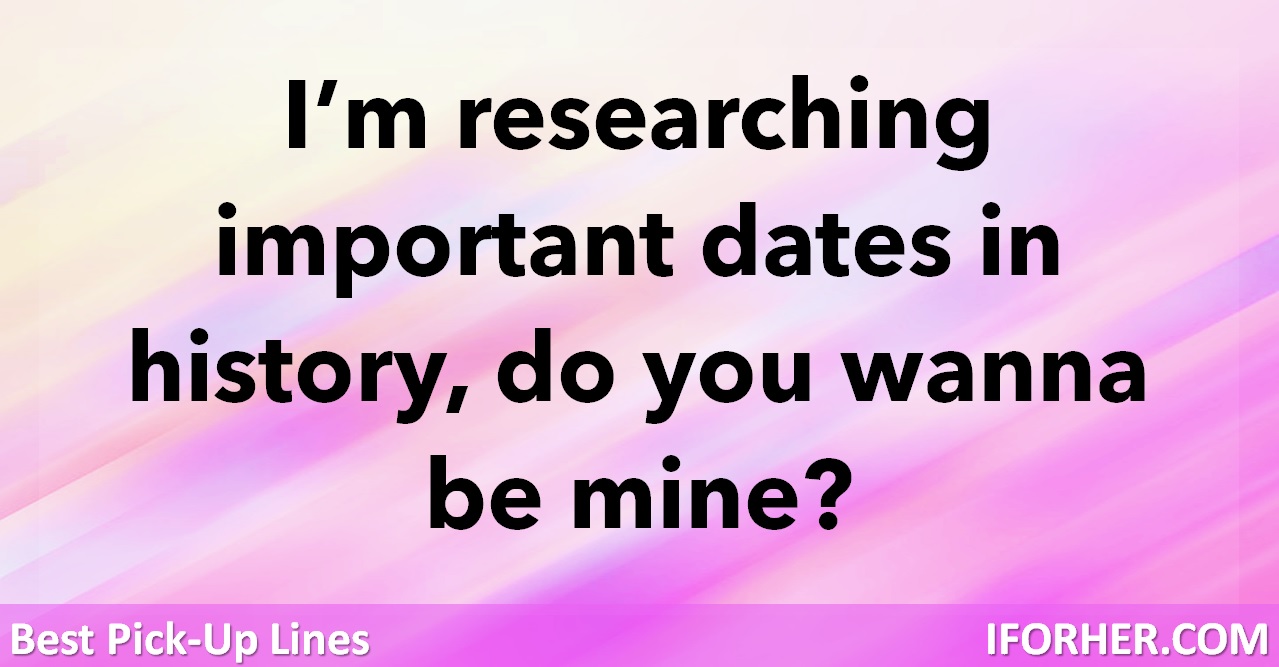
Change management is a strategy to help individuals and teams adapt to change. If implemented well, it can help organizations reach their goals and reduce negative outcomes. This includes communications, planning, and training. It's important to develop a change management strategy that is well integrated and proactive. Efficient communication is essential for the success and sustainability of your change initiatives.
To embed major organizational changes takes time. It depends on the change. These could include rebranding and adding or eliminating products, introducing new technologies or replacing staff. There are also financial and logistical risk associated with changes. Regardless of the type of change, an effective strategy can reduce the impact on employees. You should plan your approach well and include a roadmap to tackle resistance.
The management of change includes the definition and execution of corporate strategies and procedures. It also involves managing people and resources. To reduce disruption, improve innovation and increase morale, organizations can use a structured approach to change management. Employers should collaborate with HR to identify key performance indicator and create a roadmap for change. Additionally, it is important to create a change strategy that evaluates the impact of changes on systems and processes.

Employee resistance is the biggest obstacle to major changes. Employee resistance is a common problem. They may not be willing to adapt, lack skills, or lack the behavioral traits necessary to succeed. Whether the resistance is internal or external, it can negatively affect productivity. Employers can overcome this resistance by building trust between employees and managers. But they must not underestimate the amount of resistance that could occur.
Leaders must be active sponsors of change in order to manage it effectively. It is essential that leaders clearly communicate why the organization needs the change and what the benefits will be to them. They must be open for feedback from their teams and allow for time to think before delivering the message. They should also celebrate the success of a change and set seeds for future change.
The easiest changes can be the most beneficial. This is because employees are more likely to trust information from their managers. This is because they are more focused on the overall picture than the details.
It can be difficult to manage changes, especially when they involve many stakeholders or require the involvement from different departments. A guiding coalition is necessary to help you define a common goal, and foster trust through shared activities. These collaborations can support early successes, and help you deal with resistance.

As part of a guiding coalition, you can use multiple communication channels to get the word out about your change. You can send employees emails, post articles on your website or use social media to inform them about the changes. You should also ensure that your messages are consistent with the culture of your organization. Keep your message simple and consistent to reduce resistance.
FAQ
How can you spice things up in a conversation?
A lively conversation is a key to a fun and memorable gathering. You will need to have creativity, quick-thinking, and charm to truly make it shine.
Engaging conversation starters are a great way to start conversations with friends and strangers. Ask your friends and family what they love: movies, travel tales, or dynamic personalities. Then, let them tell you their stories.
Do not be afraid to wander off the beaten path. Entertaining exchanges often stem from unusual questions that get people laughing or pondering. Ask your guests what they would do if given a superpower. Also, inquire about current trends and other surprising topics.
Keep conversations lighthearted and respectful, but don't forget to add humor. Funny quotes or observations about everyday scenarios can transition topics seamlessly without having to become too serious too quickly. Your body language can keep others interested and can show that you are open to their ideas by acknowledging them through attentive listening and nodding.
Let's all have a conversation about building relationships - finding common ground between different mindsets is key to understanding the power and potential of many perspectives.
What are some good convo starters?
Conversations can often be compared to a jigsaw puzzle. With the right starting point, it is easy to find the pieces that will help you build something amazing. However, sometimes it can be difficult for people to find that spark of creativity.
There are some tried-and-true methods that can help you spark deep connections. Ask questions regarding hobbies, interests, books, or travel to find out more about someone's passions. Mutual interests are what bring people together. You can make your conversations more meaningful by sharing stories that demonstrate vulnerability or authenticity.
Engaging conversations should be lighthearted. Try making observations about the surroundings or asking why someone did something that way. Ask them to share a joke or favorite quote. This is a great way for people to laugh and break the ice.
For new ideas, try analog. Play classic online two-player party game or IRL. This will get people talking and encourage them to compete for victory. Whatever convo starter you use, be sure to keep things simple, open-ended, and allow for discussion.
It's a great way for people to have a dialog about current events. These questions can cover anything, from current news headlines to local events. Asking questions on current events will allow you to gain insight into each other's viewpoints and stimulate lively debate.
You can also use conversation starters to talk about shared experiences. Ask about their weekend adventures or favorite vacation spot. This is a great opportunity to learn more about one another and also to discover their hobbies and passions.
Do not forget to ask open-ended question that will allow you to have deeper conversations. These questions can include asking people about their dreams and aspirations or even discussing religion or politics. Asking thoughtful questions can help to gain insight into someone's life and establish a meaningful connection.
What Are Some Tips for Making Friends in Midlife?
Making friends in midlife can be challenging, but it is possible. You have to get out there and take responsibility for your own actions. Here are some tips to help you get started:
-
You can take classes or join clubs that are of interest to you. It is a great way meet like-minded individuals and make lasting connections.
-
Reach out to people you already know - take the initiative and make the first move by reaching out to old friends, colleagues, or neighbors.
-
Participate in activities, such as volunteering for causes you care about or attending events you are interested in.
-
Join online communities - there is a lot of online communities that allow you to connect with people who share similar interests.
-
Ask questions and listen intently - ask questions when you speak to someone and pay attention to their answers. This will help you get a better understanding of the other person.
-
Sharing stories from your personal life can help you bond and foster a deeper level understanding between the two of them.
-
You should be open to new opportunities. Don't be afraid or hesitant to try new things and get out of your comfort zone. This can help to make new friends and meet new people.
-
You must make an effort. It takes time to build friendships, so don’t be discouraged if you don’t get it right away. Keep putting yourself out there and eventually, you will find the right people.
What topics can be used to keep a conversation going and what are the best?
Talking about topics that you both can relate is the best way for a conversation to continue. Ask about their hobbies or interests, and discuss current events. Ask them questions about their hobbies and interests, or what do you think of the latest movie that everyone is talking.
It will make the conversation flow much easier and more enjoyable if both of you are passionate about something. It is also possible to ask open-ended questions, which allow your conversational partner the opportunity to express their opinions or share a story.
Also, you could talk about shared experiences. If you're struggling to find something to talk about, try asking your conversational partner questions about their life--where they grew up, what their family is like, or what their dream job would be.
Don't forget humor! Humorous stories or jokes can make the conversation more enjoyable and help you both open up.
What other ways can I start a conversation with someone?
While it is intimidating to strike up a conversation without a partner, there are simple ways you can make it easier. You should first try to find common ground. This could be discussing current events, hobbies, or favorite movies.
Asking open-ended questions is another great way to spark a conversation. These are questions that can't be answered with a simple yes or no, and they encourage the other person to share more about themselves.
A compliment can be used to open a conversation. Compliments don't have to be physical - they can be about someone's intelligence, sense of humor, or any other trait you admire.
Make eye contact with people and smile when they approach you. This will show you are friendly and approachable. It can help to make the conversation easier.
What are some good topics of conversation for midlife friendships
You and your potential friend should be interested in the same topic when it comes to topics for conversation.
If you are both sports fans, it can be a great place to start a conversation about the most recent game. If you are both music lovers, it can be fun to discuss your favorite albums and bands.
You can also talk about current affairs, books you've just read, movies that you've seen or hobbies that you share.
It's also important to ask questions and really listen to the answers. This will help you get to know the other person better and build a stronger connection.
Finally, don't be afraid to share stories from your own life. Talking about past events can help you build a stronger bond with your new friend.
How to make a girl blush while talking?
Chatting online with a girl can make flirting easy and fun. If you want to make her blush and grab her attention, ask her questions, give compliments, and use flirty messages. It's important to have fun banter with your partner. A little humor, teasing, or jokes can go a long ways. Keep it light, flirtatiousness should be fun!
Asking a girl meaningful questions in chat will make her smile and let you know that you are interested in her personality. It's better to be genuine than using cheesy pick up lines and silly teases. It's important for your intentions not to come off as disingenuous because girls can usually tell if someone isn't being upfront with their feelings.
It is important to compliment a girl through chat. Be careful not to overdo it though! Your compliments should be genuine and sincere. A simple "You have beautiful eyes" accompanied with an emoji of hearts popping up above your head can go a long way towards making a girl feel special.
Light-hearted banter and playful teasing are some of the best ways to make a girl blush over chat. Joking with one another without any intention of being serious will lighten the mood and show that you are interested in them. Girls love someone who can laugh and has a sense of humor. They also appreciate someone who doesn't take themselves too seriously.
Remember that flirty conversations should be fun for both of you! Keep things light-hearted by avoiding topics like current events or politics unless she brings them up first; avoid delving into deep conversations about feelings or past relationships; and avoid coming on too strong by expressing feelings too soon or complimenting more than necessary. Flirtation shouldn't be uncomfortable for anyone, so comfort should always come first!
Statistics
External Links
How To
How can I make sure that pick-up lines are not overused or made too clichéd?
Skip the tired one-liners and opt for something uniquely your own. Make it personal, make it memorable. It might be a clothing item or a characteristic that makes you think about the other person. Ask genuine questions instead of generic ones that make it clear you've taken the time to get to know them a little better. Showing genuine interest in another person is far more attractive than any overused line.
Pick-up lines are often seen as too confident or cheesy, which can lead to people being put off. Avoid the awkwardness, and instead find creative ways of starting conversations that reflect your charming personality and wit while building solid foundations for mutual understanding. You won't need to rely on the cliched pickup lines again. Be creative and yourself.